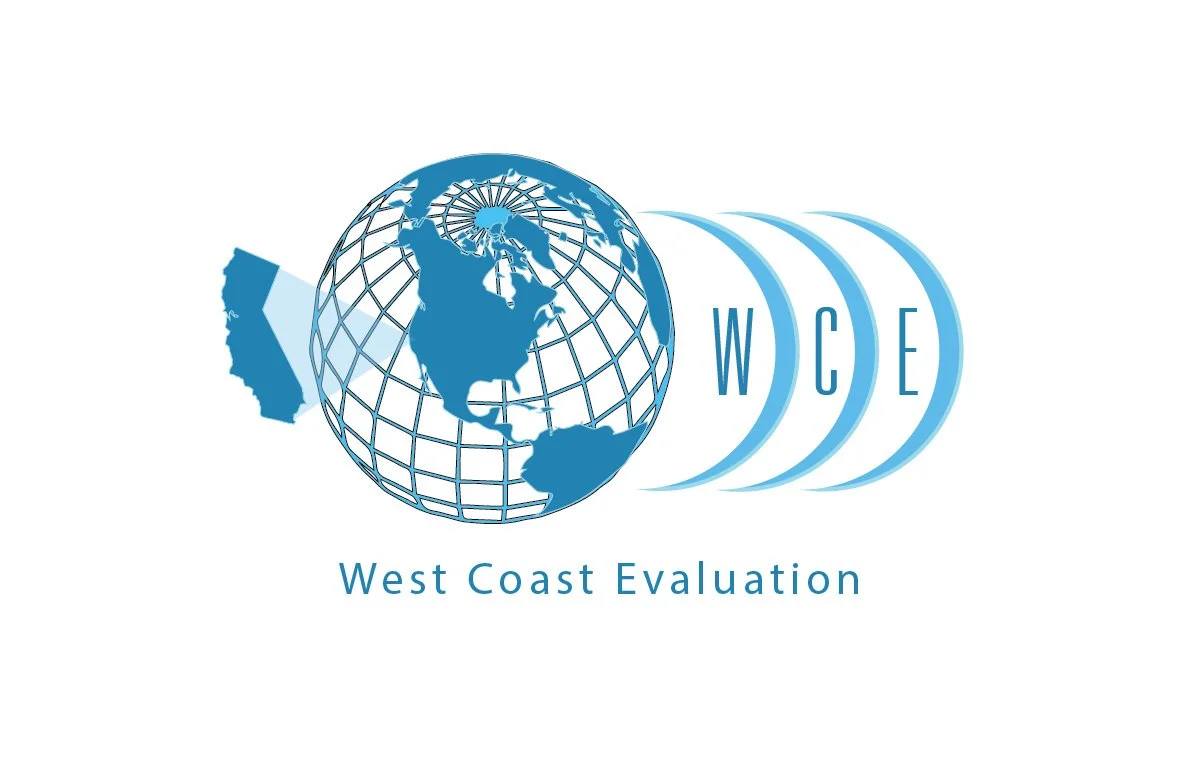The Commercial Property Owner's Secret Weapon: How Documenting Improvements Can Boost Your Long Beach Appraisal
Documenting every improvement and upgrade is the secret weapon for maximizing your Long Beach property’s appraisal and market value.
I. Introduction: Your Long Beach Property, Your Untapped Value
Ever feel like your commercial property's true worth isn't being recognized? You might be leaving money on the table! Commercial appraisals are crucial, and in Long Beach's competitive market, every detail counts. We're talking about more than just numbers—we're talking about unlocking your property's full potential. At West Coast Evaluation, we've seen firsthand owners missing out because they don't have their ducks in a row. Let's make sure that's not you. This post will cover the ins and outs of flawless documentation to maximize your commercial appraisal in Long Beach.
II. The "Why" Behind the "What": A Quick Dive into Commercial Appraisals
Why do appraisals even matter? It's not just for loans! Accurate market value is essential for buying, selling, and taxes. It also helps in securing better financing with lower rates and higher loan amounts, reducing investment risk by ensuring you don't overpay, and giving you leverage to negotiate like a pro. Plus, it's crucial for assessing the ROI on all those upgrades you've made and for various legal and tax purposes.
A look back reveals a crucial lesson. Before the 80s, appraisals were something of a "Wild West," lacking standardization and often relying on questionable documentation. The Savings & Loan crisis served as a major wake-up call, prompting reforms and the birth of USPAP in 1989. This brought stricter standards, emphasizing credible, verifiable documentation, and appraiser accountability. No more guessing games!
III. Long Beach Market Pulse: What Appraisers Are Seeing Right Now (and Why Your Documentation is Even More Critical)
Long Beach isn't just sunny beaches; it's a dynamic real estate market. We're currently navigating rising interest rates and capital costs, leading sellers to adjust and cap rates to rise across the board, which generally leads to value declines. However, well-documented improvements can significantly offset this.
The post-pandemic era has brought shifts, with remote work impacting office space (flight to quality!), retail repositioning towards mixed-use, strong industrial growth fueled by e-commerce, and a resilient multifamily rental market.
In the office sector, we see downtown stabilizing while suburban areas thrive (Douglas Park boasts 95%+ occupancy!). Good documentation helps differentiate your "quality" space. Industrial properties are in high demand, but facing rising cap rates, making it essential to showcase efficiency upgrades through detailed records. Multifamily values have seen declines (14-16%!), but sales volume is up (40%!) due to attractive buying opportunities; documented improvements can make your property stand out. The retail sector is a buyer's market due to the high cost of capital, making it crucial to highlight experiential or grocery-anchored improvements.
The bottom line is clear: with current market shifts and rising cap rates, robust documentation isn't just good practice; it's your shield against conservative valuations and your lever for maximizing value.
IV. Your Superpower: The Essential Documentation Checklist (Don't Miss a Trick!)
The golden rule is to capture everything as it happens! What does an appraiser really need? Start with property and ownership details like the deed, title, survey, legal owner details, and property ID. Financials are key – provide a current, detailed rent roll, 2-3 years of income/expense statements, tax bills, and delinquency reports.
When it comes to the physical property and improvements, maintain a capital improvements log that tracks dates, costs, and contractors for major upgrades (HVAC, roof, ADA compliance, security, energy efficiency, common areas). Before-and-after photos are your best friends, showcasing the transformation, not just the finished product. Include permits, inspection reports, certificates of occupancy, floor plans, building layouts, and environmental reports (Phase I/II), as well as property condition reports. And don't forget legal and compliance documentation like zoning reports and open violation records (with cure plans!).
Organize by project type (maintenance, curb appeal, safety/compliance) and create a single digital portfolio using cloud storage.
V. Avoiding Appraisal Headaches: Common Mistakes & How to Sidestep Them
Missing receipts, especially for recent work, is a common pitfall. Not including photo evidence deprives the appraiser of seeing the improvements directly. Unsorted and chaotic permits make verification difficult. Outdated or partial records won't reflect the property's current value. And never think small upgrades don't count; every repair adds up.
VI. The Future is Now: How Tech is Changing Appraisals (and Documentation)
AI and machine learning are driving automated valuation models (AVMs) for quick insights and big data analytics to spot trends. Drones and 3D modeling allow for high-res inspections, virtual tours, and better visual context. Blockchain technology enhances security, transparent record-keeping, and smart contracts for leases. IoT and smart buildings provide real-time data on property conditions, energy use, and structural integrity. Despite all this tech, experienced appraisers are still crucial for interpreting complex data and understanding local nuances, like the Long Beach market.
VII. Recent Regulatory Rumbles: What You Need to Know
New AI regulations, enacted in July 2024, impose rules for AVMs and require even more scrutiny on data quality and non-discrimination; your accurate input helps. Higher appraisal thresholds mean CRE transactions under $500K might not need an independent appraiser, but still need an evaluation, while transactions above this threshold will need to clear a high bar. The USPAP 2024 updates emphasize ethical practices and non-discrimination, requiring appraisers to analyze all property transfers for the past 3 years. UAD 3.6 (scheduled for 2025/2026) will introduce new standardized reporting forms for residential properties, indicating a trend towards more detailed, descriptive commentary and upfront information.
Fannie Mae's new standardized ROV policies, implemented in May 2024, provide a framework for appealing appraisals, making it essential to have solid evidence (like your documentation!) to support a reconsideration of value.
VIII. Conclusion: Make Documentation Your Long Beach Superpower!
From historical shifts to current market trends and future tech, one thing remains constant: stellar documentation is your key to appraisal success. In this competitive Long Beach market, every documented improvement helps you stand out and secure the maximum value. Don't wait until appraisal day. Start building your digital portfolio now!
Contact Info:
West Coast Evaluation | Long Beach Commercial Appraisal Specialists
Email: Info@WestCoast-Evaluation.com
Phone: (310) 955-1147
Resource Hub: www.westcoast-evaluation.com/resource-hub



